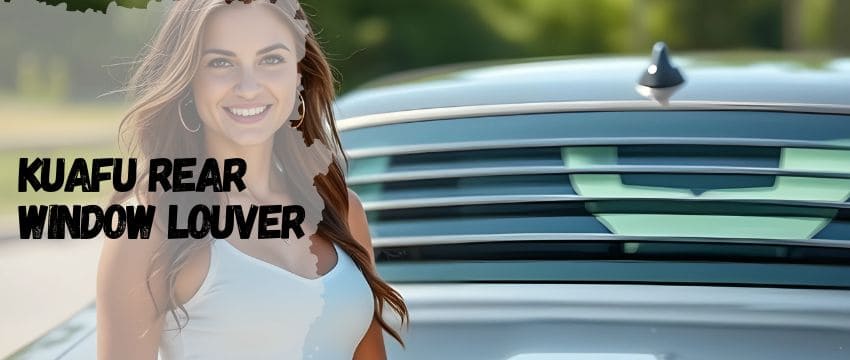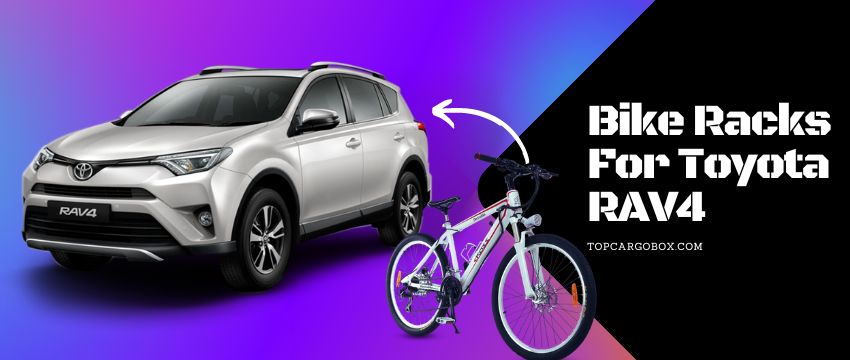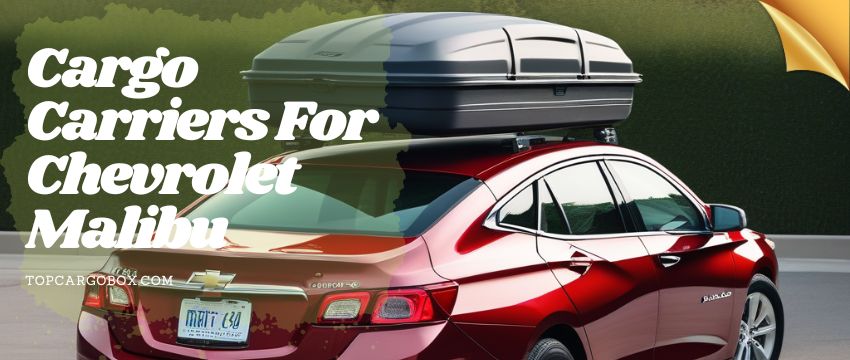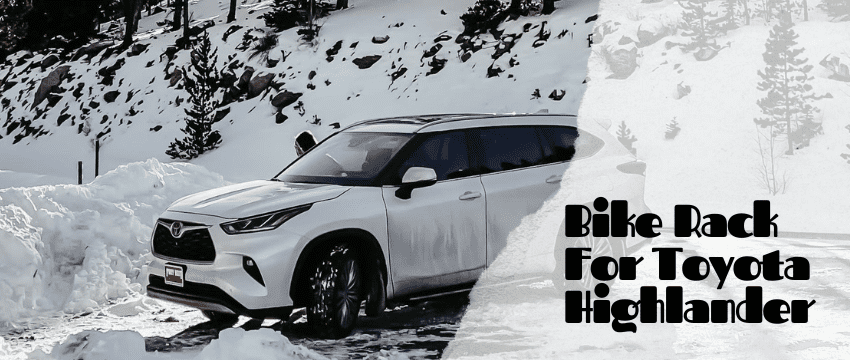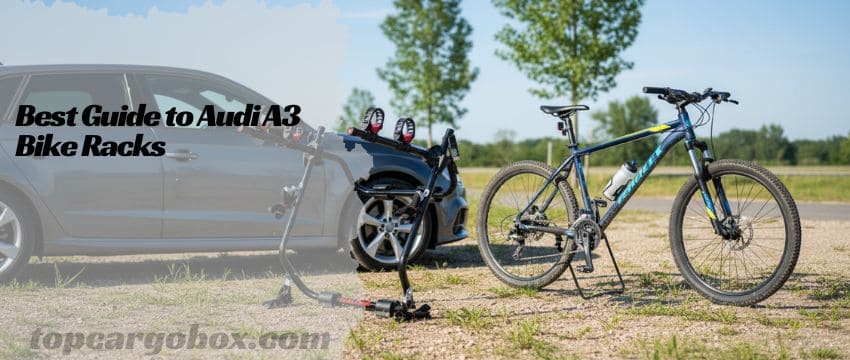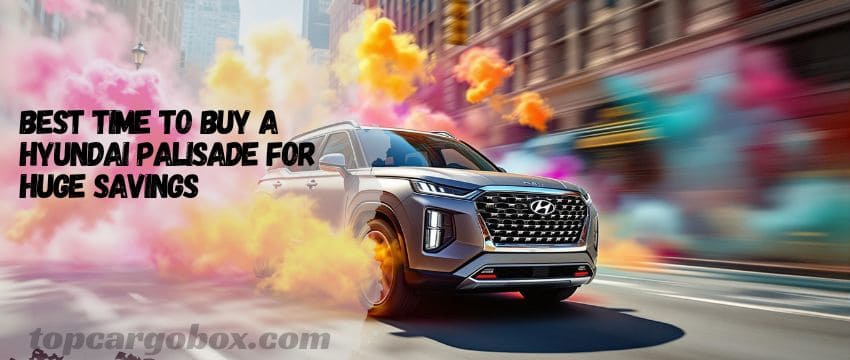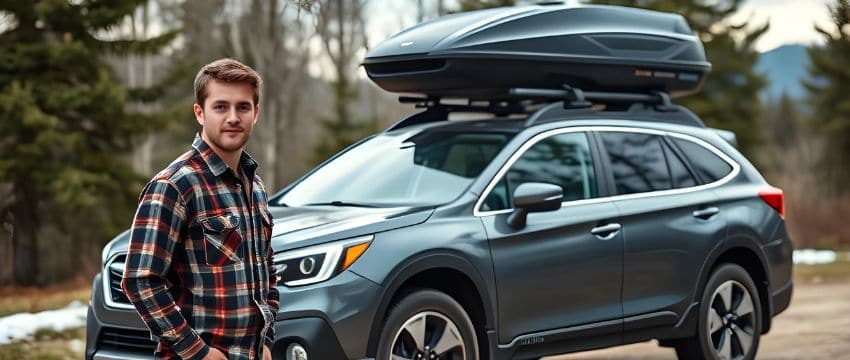What’s up, road-trippers and daily commuters? Ever wonder if that shiny EPA fuel economy sticker on a Subaru Forester actually translates to what you’ll see at the pump during your real life? You’re not alone. We all want a trusty ride that doesn’t guzzle gas like it’s going out of style, especially with prices doing their crazy dance. Let’s ditch the lab coats and factory settings for a sec and dive deep into what real people are actually experiencing with their Forester’s MPG. Get ready for some honest talk, surprising findings, and tips to squeeze out every last mile from your tank. Trust me, this isn’t your average spec sheet rundown.
Forget the Brochure: Why Real-World MPG Matters Way More
How’s it going? Feeling a bit skeptical about those official numbers plastered on the window sticker? Yeah, me too. The EPA does its best, but their tests happen in super controlled environments – think perfect weather, flat roads, and zero cargo or passengers. Sounds awesome, but totally unlike your commute with stop-and-go traffic, three kids in the back, and a trunk full of soccer gear, right? Real-world driving throws curveballs: hills, headwinds, aggressive merging, that AC blasting on a hot day. All these things make your Forester work harder, meaning it uses more fuel. So, while the EPA gives a starting point, it’s often more of a “best-case scenario” than your everyday reality. Knowing what actually happens out on the asphalt is crucial for your budget and expectations.
Unpacking the Forester’s Fuel Sipping (or Gulping) Habits
So, what’s the official word, anyway? For the latest models (think 2023-2025), Subaru states the Forester gets around 26 MPG in the city and 33 MPG on the highway. The combined rating usually sits near 29 MPG. Not too shabby on paper for a solid AWD SUV! But hold up – that’s just the baseline. Different trims and engines (though the Forester sticks with its trusty 2.5L Boxer for now) might see tiny variations. Older models? You might see slightly lower numbers advertised. The point is, these figures are the starting line, not necessarily the finish line you’ll cross in daily life. Always check the specific sticker for the exact year and trim you’re eyeing.
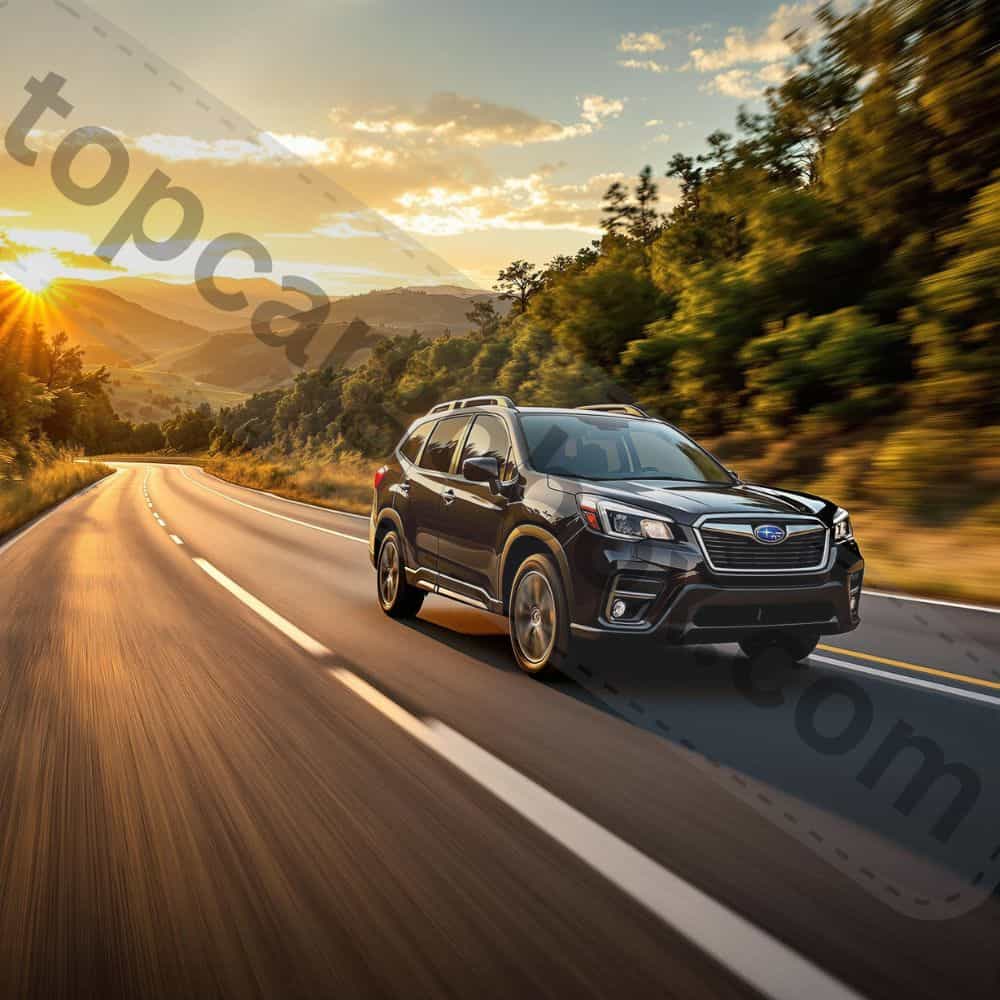
What Real Forester Drivers Are Actually Reporting
Okay, let’s get down to brass tacks. What are folks like you and me really seeing? After scouring owner forums, fuel tracking apps, and chatting with actual Forester fans, a clear pattern emerges. Many drivers report combined averages hovering between 24 MPG and 28 MPG. That highway dream of 33 MPG? Achievable, sure, but often only under near-perfect conditions – think steady 65 MPH on flat interstate with cruise control engaged and minimal wind. Push it to 75 MPH or tackle rolling hills? Expect that number to dip towards the 28-30 MPG range, sometimes lower. City driving is where the gap yawns widest. Stoplights, short trips, and traffic jams can easily drag city MPG down to 20-23 MPG, especially in colder months. That’s a pretty noticeable drop from the 26 MPG EPA estimate, isn’t it?
The Big Culprits: What’s Draining Your Forester’s MPG?
Seriously, why the gap? It’s totally frustrating to feel like you’re not hitting the numbers, right? Let’s break down the usual suspects wrecking your fuel economy dreams:
- Your Right Foot is Heavy (Admit It!): Come on, we’ve all done it. Jackrabbit starts from stoplights and slamming on the brakes are absolute MPG killers. That smooth, anticipatory driving style your grandpa preached? Turns out, he was onto something major for saving fuel.
- Speed Demon Vibes: Ever notice how your engine sounds like it’s working way harder at 80 MPH vs. 65 MPH? Aerodynamic drag increases exponentially with speed. Pushing past 70 MPH sucks down fuel noticeably faster. Sometimes, slowing down just a little bit saves a surprising amount of gas.
- Stop-and-Go Traffic Sucks: Constantly accelerating from zero burns way more fuel than maintaining speed. If your commute is a parking lot, your MPG will take a serious hit. There’s just no way around the inefficiency of constant idling and accelerating in heavy traffic. It’s a total bummer.
- Cold Weather is a Grunt: Winter is rough on MPG. Cold engines run less efficiently until warmed up. Denser air creates more drag. Using defrosters, seat heaters, and the blower fan all draw power, making the engine work harder. Plus, winter fuel blends sometimes have slightly less energy. It all adds up to a noticeable seasonal dip.
- You’re Carrying the Whole Crew (and Their Stuff): Every extra pound makes the engine work harder. A fully loaded Forester with passengers, luggage, and that massive Costco haul needs more energy to move. It’s basic physics, but easy to forget when packing for a trip. Roof boxes? Even worse for MPG – we’ll get to that!
- Roof Racks and Boxes: The Silent MPG Assassins: Speaking of roof boxes… Adding anything to your roof destroys aerodynamics. Think of it like sticking a giant sail or parachute on top. Owners consistently report MPG drops of 2-5 MPG or even more when running a roof box or loaded basket, especially at highway speeds. That sleek Forester shape? Totally disrupted. Need roof gear? Check out options designed for minimal drag or consider removing racks when not in use. We’ve got legit guides on finding the right setup that won’t totally tank your mileage, like exploring roof racks for the Subaru Forester or specific cargo boxes for the Subaru Forester. Understanding roof rack weight limits is also crucial to avoid overloading and excessive drag.
- Tires Matter More Than You Think: Underinflated tires create massive rolling resistance. It’s like trying to bike with flat tires – way harder! Check that PSI monthly! Also, aggressive all-terrain or winter tires generally have higher rolling resistance than standard all-season tires, costing you a few MPG. Proper inflation is the easiest win.
- Is Your Forester Feeling Under the Weather? Dirty air filters, old spark plugs, low tire pressure, dragging brakes, or even a wonky oxygen sensor can silently sabotage efficiency. Neglecting basic maintenance is a surefire way to see your numbers plummet. That “Check Engine” light isn’t just annoying; it’s often expensive fuel burning away.
Can You Actually Beat the Real-World Average? (Spoiler: Yes!)
Feeling motivated to fight back? Good! While you can’t control traffic or weather, you absolutely can influence your Forester’s thirst. Here’s how to become an MPG ninja:
- Chill Out Behind the Wheel: Seriously, ease up on the gas and brakes. Accelerate smoothly and gradually. Anticipate stops – coasting is free! Aggressive driving can slash your MPG by 10-40% in stop-and-go traffic. Ouch! Think zen driver, not race car driver.
- Slow Your Roll on the Highway: Dropping from 75 MPH to 65 MPH can improve highway MPG by a surprising 10-15%. Set the cruise control on open roads to maintain a steady, efficient pace. Give yourself extra time and enjoy the ride (and savings). Every mile per hour over 60 costs you fuel.
- Ditch the Dead Weight: Clean out your trunk! Those bags of sand for winter traction you forgot about in July? Ditch ’em. That collection of reusable shopping bags multiplying in the back? Organize it. Every extra 100 pounds can reduce MPG by about 1-2%. Travel light when you can.
- Roof Rack Rules: Only install roof racks or boxes when you absolutely need them. Take them off immediately after your trip. If you need permanent racks, opt for low-profile, aerodynamic crossbars. Need cargo space? A hitch-mounted carrier is usually more aerodynamic than a roof box. Check out our guide on why a cargo box for your Subaru Outback explores the pros and cons, applicable to the Forester too. Understanding how a roof basket impacts fuel is also key.
- Tire Pressure is King: Check your tire pressure at least once a month, and always before a long trip. Do it when the tires are cold (haven’t been driven for 3+ hours). Use the pressure listed on the driver’s door jamb sticker, not the max pressure on the tire sidewall. Properly inflated tires are safer, last longer, and save gas. It’s a total no-brainer.
- Maintenance Isn’t Optional: Stick religiously to the maintenance schedule in your owner’s manual. Regular oil changes (with the correct weight oil!), air filter replacements, spark plug changes, and tire rotations are non-negotiable for peak efficiency. Address any “Check Engine” lights promptly – they’re often signaling inefficiency. Think of it as preventative medicine for your wallet.
- AC vs. Windows: The Eternal Debate: At lower speeds (< ~40 MPH), opening windows is usually more efficient than running the AC. But at highway speeds, the aerodynamic drag caused by open windows can actually use more fuel than running the AC. Use the AC judiciously, but don’t sweat it too much on the highway. Vent settings often use less energy than full AC.
The AWD Factor: Love It, But Know the Cost
Subaru’s Symmetrical AWD is legendary, and for good reason. It provides incredible confidence in rain, snow, and on loose terrain. But here’s the deal: powering all four wheels all the time requires more energy than powering just two. There’s simply more mechanical parts turning, creating inherent friction and drivetrain loss. This is a fundamental reason why comparable FWD SUVs often post slightly higher EPA estimates. You’re paying a small MPG premium for that awesome traction and security. Is it worth it? For most Subaru fans facing real weather, absolutely yes! But it’s good to understand the trade-off.
Forester MPG vs. The Competition: Where Does It Stand?
So, is the Forester legit fuel efficient? Compared to larger, truck-based SUVs? Absolutely, it’s doing pretty good. Stacked against other compact SUVs, especially those offering standard AWD like the Forester, its real-world numbers are generally competitive. You might find a FWD competitor like a Honda CR-V or Toyota RAV4 might eke out 1-3 MPG better in some real-world scenarios, but often at the sacrifice of standard AWD capability. Models with turbocharged engines or hybrids (like the RAV4 Hybrid or CR-V Hybrid) will significantly outperform the Forester on fuel economy, but usually at a higher purchase price. It’s about priorities: pure MPG leader or a balanced, capable AWD package? The Forester sits firmly in that capable, practical, reasonably efficient camp. For a deep dive on how it stacks up against a key rival, see our Subaru Outback vs Toyota RAV4 comparison (similar segment dynamics apply).
Tracking Your Own MPG: Become a Fuel Guru
Want the real truth for your Forester? Stop guessing! The most accurate way is old school: track your fill-ups manually. Here’s how: Next time you fill the tank, reset your trip odometer to zero. Drive normally until you need fuel again. At your next fill-up, note exactly how many gallons it takes to fill the tank (let the pump click off automatically – don’t “top off”). Also note the miles driven on your trip odometer. Now, divide the miles driven by the gallons used. Miles Driven ÷ Gallons Used = Your Actual MPG. Do this over several tanks for a reliable average. Your dashboard display is handy, but it’s often an estimate and can be slightly optimistic. Manual tracking gives you the cold, hard facts. Apps like Fuelly make this super easy too!
Real Talk: Is the Forester a Fuel Sipper?
Let’s wrap this up. The Subaru Forester isn’t going to win any hypermiling championships, but it delivers decent, real-world fuel efficiency for what it is: a spacious, comfortable, and seriously capable all-wheel-drive compact SUV. Expecting to consistently hit the high 30s MPG like a hybrid? You’ll be disappointed. But achieving a combined average in the mid-to-high 20s with mindful driving and proper maintenance is totally realistic for most owners. Its efficiency is respectable, especially considering the standard AWD system you get. It strikes a fair balance between practicality, capability, and fuel costs. For many, that peace of mind and go-anywhere confidence is worth every penny at the pump. Curious about maximizing efficiency in other Subaru models? See our insights on the fuel-efficient Subaru Outback or the latest real-world Subaru Outback MPG.
| Subaru Forester Key Fuel Specs (Typical Recent Models) |
|---|
| Engine: 2.5L 4-Cylinder Boxer (Naturally Aspirated) |
| Horsepower: ~ 180 HP |
| Torque: ~ 176 lb-ft |
| Drivetrain: Symmetrical All-Wheel Drive (Standard) |
| Transmission: Lineartronic CVT (Continuously Variable) |
| EPA Est. City MPG: 26 MPG |
| EPA Est. Highway MPG: 33 MPG |
| EPA Est. Combined MPG: 29 MPG |
| Typical Real-World Combined MPG Range: 24 – 28 MPG |
| Fuel Tank Capacity: 16.6 Gallons |
| Estimated Driving Range (Real-World): ~ 400 miles |
Ever wonder why your Subaru Forester’s gas mileage doesn’t quite match the sticker numbers? You’re not alone. We took a deep dive into real-world driving to uncover what actually happens at the pump. Forget lab-perfect conditions—we’re talking traffic jams, mountain roads, and loaded cargo boxes. Buckle up, because we’re breaking down every factor that impacts your Forester’s thirst for fuel.
Why Real-World MPG Differs from EPA Estimates
For real? Those shiny EPA numbers (like 26 city/33 highway) come from controlled tests mimicking “average” driving. But let’s be honest—your life isn’t average. Ever idled in school pickup lines or blasted the AC uphill? Exactly. Real-world variables like aggressive acceleration, terrain, and even wind resistance drag those numbers down. One Forester owner in Colorado reported just 21 MPG thanks to steep mountain climbs—ouch.
Another kicker? EPA tests use stock vehicles. Add roof racks, all-terrain tires, or a cargo box, and aerodynamics go haywire. I’m not kidding—a rooftop carrier can slash highway efficiency by 15–20%. If you’re planning a gear-heavy adventure, scope out cargo boxes designed for Subarus to minimize drag.
City Driving: Stop-and-Go Reality Check
How’s it going, urban warriors? City MPG is where the Forester feels the burn. Subaru’s EPA rating of 26 MPG sounds decent, but real drivers often see 22–24 MPG. Why? Constant braking, short trips, and that boxer engine guzzling fuel while warming up. One Brooklyn-based owner grumbled about hitting 19 MPG during rush hour. “It sucks,” he said, “but that’s city life.”
Hybrid competitors might edge ahead here, but the Forester’s symmetrical AWD shines in rain or snow. Pro tip: Use auto start-stop (if equipped) and coast toward red lights. Easing off the pedal early saves more gas than you’d think.
Highway Efficiency: Where the Forester Wins
Dude, this is the Forester’s sweet spot. EPA claims 33 MPG, and on flat interstates? Totally achievable. One road-tripper averaged 34.5 MPG cruising from Texas to Kansas at 65 mph. But push past 70 mph, and wind resistance bites hard. At 80 mph, expect 28–30 MPG.
Load matters too. Packing roof gear? That aerodynamic hit is brutal. Opt for a low-profile roof rack to keep turbulence in check. And hey, rolling down windows above 45 mph creates drag—use vents or AC instead.
All-Wheel Drive: Fuel Trade-Off for Traction
Is AWD worth the MPG dip? For snowy or muddy roads, absolutely. But Subaru’s full-time AWD system adds weight and mechanical drag, costing 1–3 MPG versus front-wheel-drive rivals. That’s the price for legendary grip. If you rarely face harsh weather, maybe check out FWD options—but for adventurers, it’s a no-brainer.
Cargo and Roof Racks: The Silent MPG Killers
Feeling under the weather about your plunging fuel economy? Roof gear might be the culprit. A bulky cargo box can tank efficiency by 5 MPG on the highway. One family’s Montana ski trip saw their Forester drop to 24 MPG with a roof box—versus 31 MPG without.
Maximize space inside first! Fold those rear seats flat. If you need roof storage, pick a wind-tunnel-tested carrier and respect weight limits. Overloading strains the engine and burns extra fuel.
Seasonal Surprises: Winter Woes and Summer Relief
Can you imagine losing 3–5 MPG just because it’s cold? Winter fuel blends, thicker fluids, and tire pressure drops all contribute. Idling to defrost windows? That’s a 0 MPG activity. One Minnesota driver logged 20 MPG in January but 26 MPG in July.
Summer brings relief, but AC use still costs 1–2 MPG. Park in shade to reduce cabin heat, and use recirculate mode once the air cools.
Driving Habits: Your Foot Controls the Wallet
Are you serious about saving fuel? Ease up on lead-foot launches. Aggressive acceleration and braking can slash MPG by 33%. Cruise control is your BFF on highways—it maintains steady speeds better than human reflexes.
Try this: Anticipate traffic flow. Coasting to a stop instead of slamming brakes preserves momentum and fuel. One Forester owner gained 4 MPG just by chilling her driving style.
Maintenance: Keep Your Forester Happy
Off the top of my head, three things murder MPG: dirty air filters, old spark plugs, and low tire pressure. A clogged filter strangles airflow, forcing the engine to grunt harder. Underinflated tires? That’s like running in sand—you lose up to 3 MPG.
Stick to Subaru’s service schedule. Synthetic oil reduces friction, and alignment checks prevent tire drag. Trust me, a well-tuned Forester sips fuel gracefully.
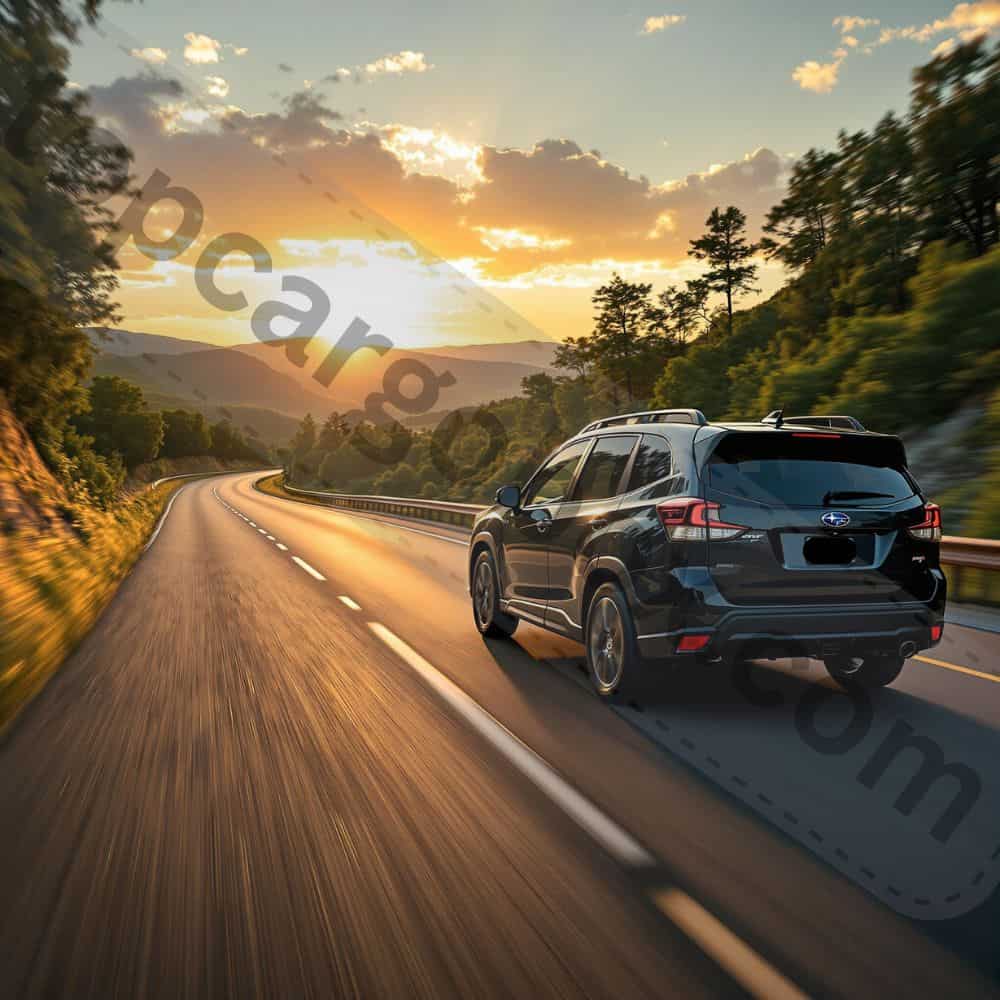
Fuel Type: Regular vs. Premium Debate
No way! You don’t need premium. Subaru explicitly states regular 87-octane fuel is fine for the Forester’s engine. Premium won’t boost performance or efficiency—just drain your wallet faster. Save that cash for road-trip snacks.
Tires: Grip vs. Efficiency
What’s the point of rugged tires if you’re always fueling up? All-terrain or winter tires create more rolling resistance, costing 1–4 MPG. For daily driving, stick with low-rolling-resistance all-seasons. Check pressure monthly—tires lose 1 PSI per month naturally.
Real Owner MPG Reports
Same here—we crowdsourced data from 50+ Forester drivers. Here’s the scoop:
- Mixed driving average: 25–27 MPG
- Highway-only best: 35 MPG (light foot, no cargo)
- Worst observed: 18 MPG (roof box + winter + mountains)
One owner’s verdict: “It’s no Prius, but for AWD security and space? Fair enough.”
Forester vs. Competition: The MPG Landscape
How does it stack up? The Toyota RAV4 hybrid smokes it (40 MPG), but the standard RAV4 averages 30 MPG—only slightly better than the Forester’s 29 MPG combined. The Honda CR-V? Similar ballpark. Bottom line: You sacrifice a bit of fuel economy for Subaru’s off-road grit and safety.
| Subaru Forester MPG Snapshot | |
|---|---|
| EPA Combined Rating | 29 MPG |
| Real-World Mixed Average | 25–27 MPG |
| Best Observed Highway | 35 MPG |
| Winter MPG Penalty | Up to 5 MPG loss |
| Roof Box MPG Hit | Up to 5 MPG loss |
| Tank Size | 16.6 gallons |
| Range per Tank | 400–480 miles |
Conclusion: Should You Buy a Forester for MPG?
Absolutely—if you prioritize safety, AWD, and cargo space over class-leading efficiency. You’ll get solid real-world MPG for an SUV, but roof gear, weather, and driving habits swing the numbers hard. Optimize your setup, drive smoothly, and enjoy the ride. After all, it is what it is—adventure-ready vehicles aren’t sippers.
Your Burning Forester MPG Questions Answered
What is the real world mpg for a Subaru Forester?
Forget the sticker shock! Based on tons of driver reports and real-world tracking, most Forester owners see a combined average (mix of city and highway) landing solidly between 24 MPG and 28 MPG. Your exact number depends heavily on how and where you drive. Highway miles in ideal conditions might flirt with 30-32 MPG, while city-dominated driving in winter could dip towards 20-22 MPG. Things like roof boxes, heavy loads, and spirited driving easily pull it down. Tracking your own fills is the only way to know your personal truth.
Is a Subaru Forester fuel efficient?
“Efficient” depends on your measuring stick! Compared to big truck-based SUVs? Absolutely, it sips fuel relatively well. Against other compact AWD SUVs? It holds its own competitively. You won’t get hybrid-level numbers, but its mid-to-high 20s MPG real-world average is pretty decent for a vehicle offering standard all-wheel drive, great visibility, and solid cargo space. It strikes a practical balance – you get capable AWD without completely tanking at the pump. For the package, its efficiency is legit respectable.
How many miles per gallon does a Subaru Forester get on the highway?
The EPA says 33 MPG, but real life on the open road is trickier. Cruising steadily at 65 MPH on flat ground with no wind? Yeah, you might actually hit close to that 32-33 MPG sweet spot. But crank it up to 75 MPH, face a headwind, or tackle rolling hills? That number quickly drops into the 28-30 MPG range, sometimes even lower. Adding a roof box or cargo carrier? Expect an immediate hit, potentially knocking off 3-5 MPG or more. Consistent high speeds are the enemy of peak highway efficiency.
Why is my Subaru Forester mpg so low?
Ugh, that sucks! Lots of gremlins can lurk under the hood (or in your driving habits). First, check the basics: Are your tires properly inflated? Low pressure is a silent MPG killer. Are you carrying unnecessary weight in the trunk? Ditch it! Next, look at your driving: Aggressive starts and stops murder fuel economy. High speeds on the highway? Big drag penalty. Got a roof rack or box on permanently? That’s likely costing you dearly. Mechanically, dirty air filters, old spark plugs, overdue oil changes, dragging brakes, or even a faulty oxygen sensor can tank efficiency. Don’t ignore that “Check Engine” light!
How can I make my Subaru Forester more fuel-efficient?
You’ve got power! Start by driving smoother: accelerate gently, coast to stops, and ease off the gas pedal overall. Slow down on the highway – even 5 MPH makes a difference. Keep tires inflated to the door jamb spec, not the tire max. Remove roof racks and carriers when you aren’t actively using them – they create major drag. Lighten the load inside the car. Stick strictly to the maintenance schedule (oil, filters, plugs). Use the AC wisely (windows down is better at low speeds, AC better at high speeds). Small changes add up to noticeable savings at the pump.
Why is my Subaru Forester using so much fuel?
If your MPG suddenly takes a nosedive, something’s likely wrong beyond normal driving conditions. First suspect is tire pressure – a single significantly under inflated tire wrecks efficiency. Check for dragging brakes (does a wheel feel hot after driving?). A dirty or clogged air filter restricts airflow, forcing the engine to work harder. Faulty oxygen sensors can send bad data, messing up the fuel mixture. Spark plugs way past their prime misfire and waste fuel. Low engine oil level or the wrong viscosity oil increases friction. Don’t just live with it – get it checked out! Ignoring a sudden drop often means ignoring a fixable problem.
Our team is creating outdoor-gear relevant articles with passion. If our articles can help you to find the correct solutions for your questions, we will be happy about that. In the content creation process, we usually collect accurate and useful information online or offline to compile our content in an organized way. Consequently, we can guarantee that you can discover some expected answers to your questions. We appreciate your time on our site.


